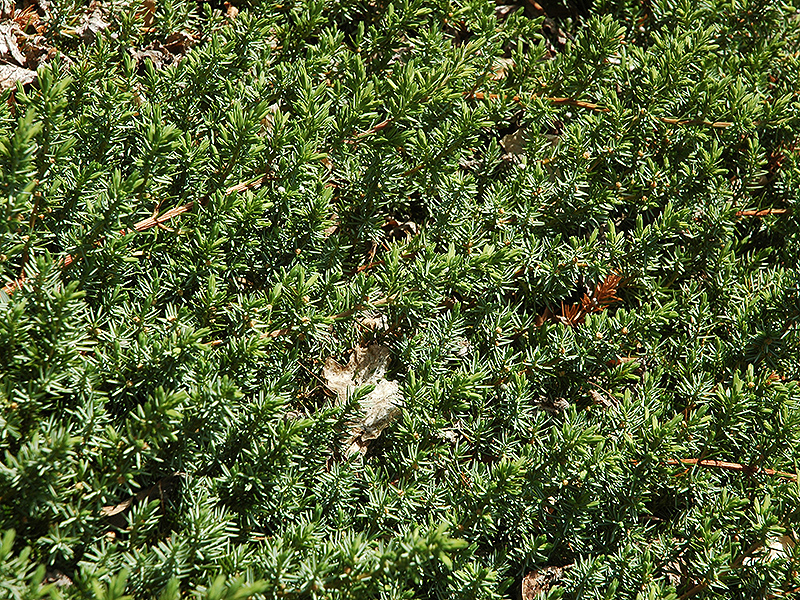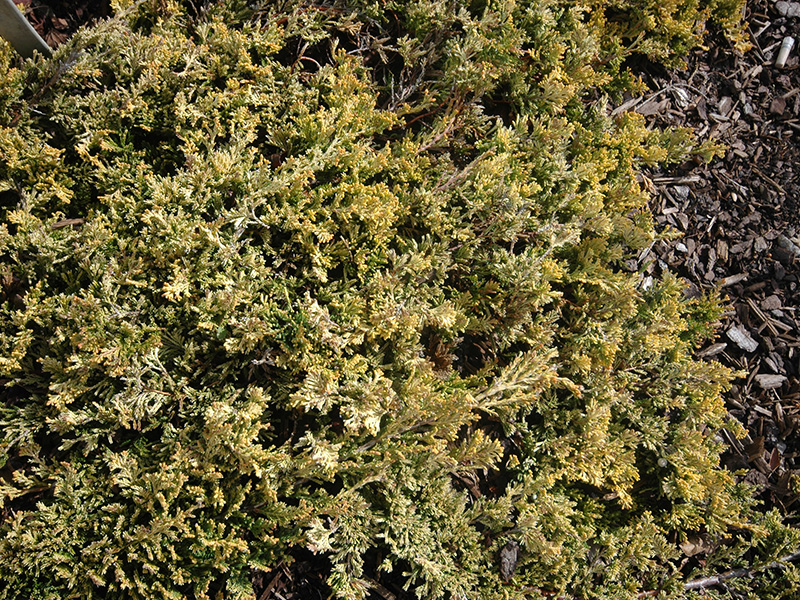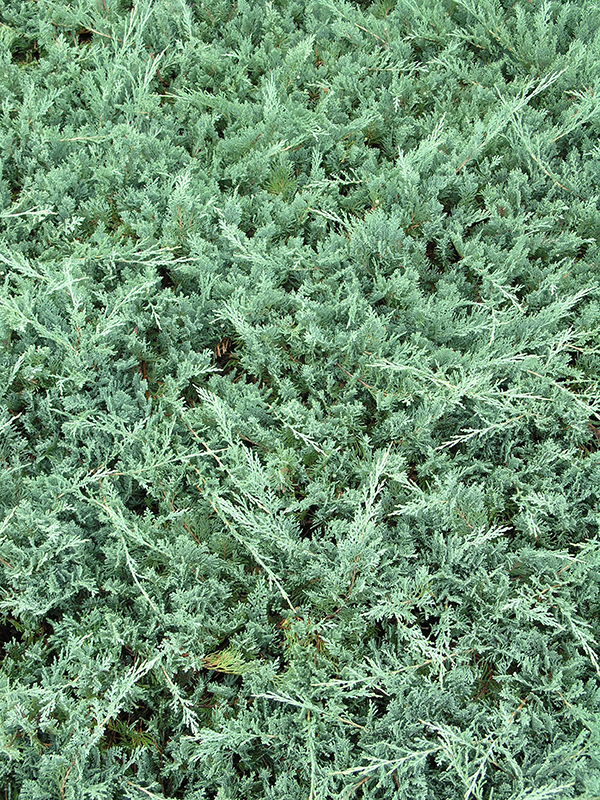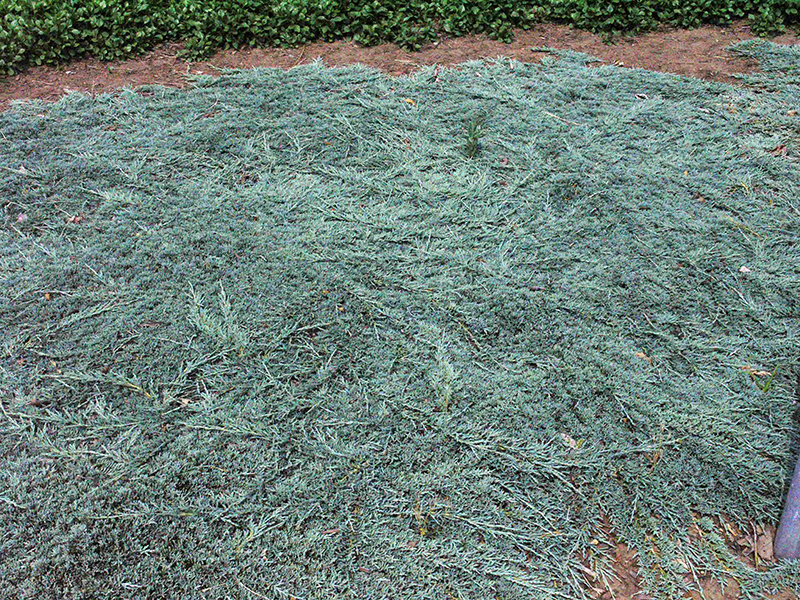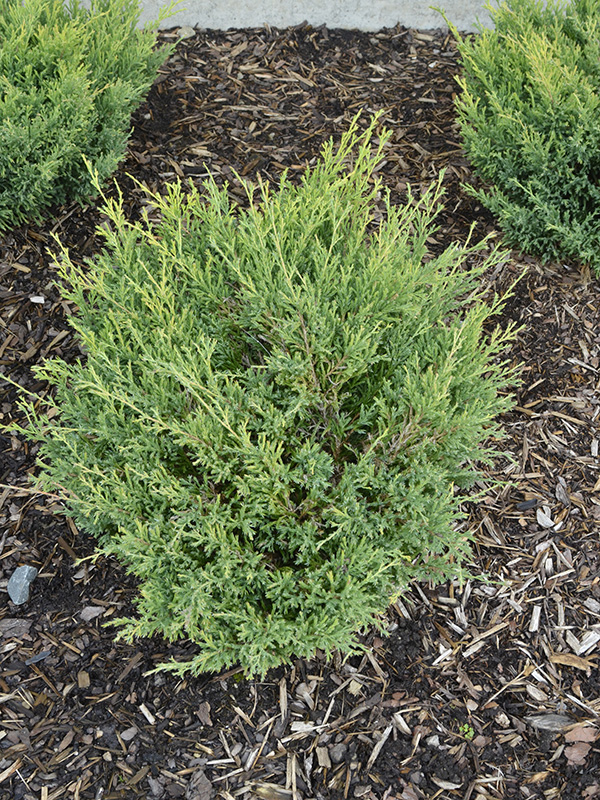
Woody > Juniperus > Juniperus horizontalis > Juniperus horizontalis
Juniperus horizontalis
Creeping Juniper
Origin: North America, Eastern Canada.
| Family |
| Cupressaceae |
| Genus |
| Juniperus |
| Species |
| horizontalis |
| Category |
| Woody |
| Type |
| Shrub (evergreen) |
| Pronunciation |
| USDA Hardiness Zone |
| 3 - 9 |
| Canadian Hardiness Zone |
| 1a - Requires cool season protection under glass. |
| RHS Hardiness Zone |
| H3 - H7 |
| Temperature (°C) |
| -40 - (-1) |
| Temperature (°F) |
| -40 - 30 |
| Height |
| 10 - 30 cm |
| Spread |
| 2 - 4 m |
Photographs
Description and Growing Information
Flowering Period
| General Description |
| A non-flowering evergreen shrub that spreads through long, trailing branches to form a dense, wide mat. |
| Landscape |
| Great as ground cover, or for retaining wall edges. |
| Cultivation |
| Grow in full sun in an average, moderately moist and well-drained soil. Fairly tolerant of city pollution and dry conditions, but will not tolerate wet soils. |
| Shape |
| Mat-forming habit. |
| Growth |
| Medium |
| Pests |
| Somewhat susceptible to blights, rust, root rot, aphids and spider mites. Many of these problems are exacerbated by wet conditions. It is important to watch out for tent caterpillars (Dichomeris marginella). Older plants may die back in the centre. |
| Habitat |
| Found on rock outcroppings, stony slopes, coastal cliffs, prairies, and in many other rocky or sandy soils. |
| Leaf Description |
| The leaves are arranged in opposite decussate pairs, or occasionally in whorls of three; the adult leaves are scale-like, 1-2 mm long (to 8 mm on lead shoots) and 1-1.5 mm broad. The juvenile leaves, on young seedlings only, are needle-like, 5-10 mm. |
| Fruit Description |
| The cones are berry-like, globose to bilobed, 5-7 mm in diameter, dark blue with a pale blue-white waxy bloom, and contain two seeds (rarely one or three); they usually have a curved stem and are mature in about 18 months. The male cones are 2-4 mm in length. |
| Notable Specimens |
| Cape Spear, Newfoundland, Canada. |
| Propagation |
| Propagate by cuttings. |

